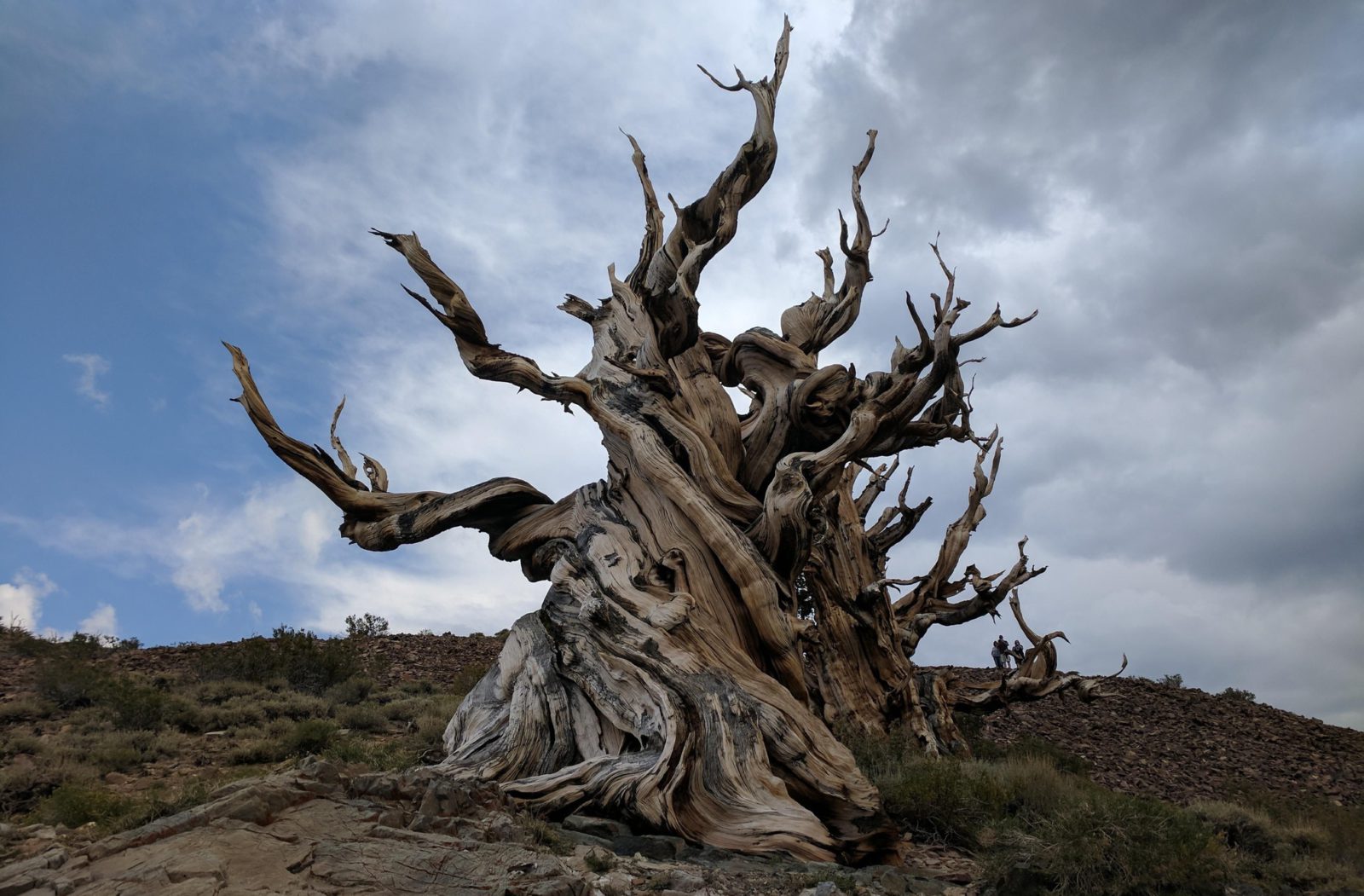

Information sources: Michael Dirr, Manual of Woody Landscape Plants (University of Georgia, 1990) Michael Kuhns, Trees of Utah and the Intermountain West (Utah State University Press, 1998) H.D. It develops "character." Can be trained as a bonsai. Insects and diseases: Bark beetles, dwarf mistletoe, white pine blister rust.īest advice: Plant as a single species in a rock garden or other well-drained site. There is a bristle-like prickle at the edge of each cone scale.īark: Thin, smooth and grey-white on young stems.

Small, covered with brown scales.Ĭones: Cones are sessile(not raised on a stalk), ovoid, 2" to 4" long by 1 1/2" broad. Needles have spotty, white resin exudations.īuds: Nothing unusual. This habit gives the branches a brushy look. Needles persist on branches for over 10 years. They are densely crowded on branchlets, rigid, dark green, 1" to 1 3/4" long. Leaves and needles: The needles of the bristlecone pine are in fascicles (bundles) of 5. These trees can do well on rocky, poor sites with little or no irrigation. In landscaped, irrigated yards, growth can be 12" per year. Growth rate: Growth greatly depends on site. It likes being in open, well-drained areas. Its dense, dark foliage gives it a strong look. Bristlecone is used in the landscape mostly as an accent type tree. Needles persist on branches for many years giving it a "foxtail" look. This species has a small but stout, irregular growth habit seldom reaching 25 feet. The oldest in Colorado is estimated to be over 2500 years. In California, some are thought to be over 4000 years old. They tend to be found within protected National Parks. All three are known for being incredibly long-living and for their capability of surviving in harsh, elevated landscapes. Naturally, it is found at higher elevations in the southern and central Rockies of our state. The name Bristlecone Pine encompasses three different sub-alpine species of pine trees all native to North America. It is found in selected areas of the state and in urban landscapes.

This tree in Colorado: Bristlecone pine is native to Colorado.


 0 kommentar(er)
0 kommentar(er)
